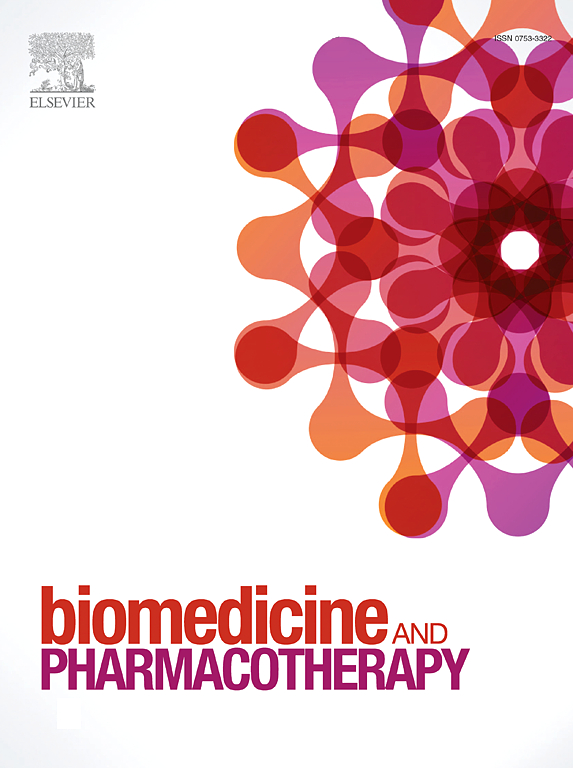Phenothiazines boost host control of Mycobacterium avium infection in primary human macrophages
IF 6.9
2区 医学
Q1 MEDICINE, RESEARCH & EXPERIMENTAL
引用次数: 0
Abstract
Mycobacterium avium (Mav) complex is the leading cause of pulmonary diseases associated with non-tuberculous mycobacterial (NTM) infections worldwide. The inherent and increasing acquired antibiotic resistance of Mav hampers the treatment of Mav infections and emphasizes the urgent need for alternative treatment strategies. A promising approach is host-directed therapy (HDT), which aims to boost the host’s immune defenses to combat infections. In this study, we show that phenothiazines, particularly trifluoperazine (TFP) and chlorproethazine (CPE), restricted Mav survival in primary human macrophages. Notably, TFP and CPE did not directly inhibit mycobacterial growth at used concentrations, confirming these drugs function through host-dependent mechanisms. TFP and CPE induced a mild, albeit not statistically significant, increase in autophagic flux along with the nuclear intensity of transcription factor EB (TFEB), the master transcriptional regulator of autophagy. Inhibition of autophagic flux with bafilomycin, however, did not impair the improved host infection control by TFP and CPE, suggesting that the host (auto)phagolysosomal pathway is not causally involved in the mechanism of action of TFP and CPE. Additionally, TFP and CPE increased the production of both cellular and mitochondrial reactive oxygen species (ROS). Scavenging mitochondrial ROS did not impact, whereas inhibition of NADPH oxidase (NOX)-mediated ROS production partially impaired the HDT activity of TFP and CPE, indicating that oxidative burst may play a limited role in the improved host control of Mav infection by these drugs. Overall, our study demonstrates that phenothiazines are promising HDT candidates that enhance the antimicrobial response of macrophages against Mav, through mechanism(s) that were partially elucidated.
求助全文
约1分钟内获得全文
求助全文
来源期刊
CiteScore
11.90
自引率
2.70%
发文量
1621
审稿时长
48 days
期刊介绍:
Biomedicine & Pharmacotherapy stands as a multidisciplinary journal, presenting a spectrum of original research reports, reviews, and communications in the realms of clinical and basic medicine, as well as pharmacology. The journal spans various fields, including Cancer, Nutriceutics, Neurodegenerative, Cardiac, and Infectious Diseases.

 求助内容:
求助内容: 应助结果提醒方式:
应助结果提醒方式:


